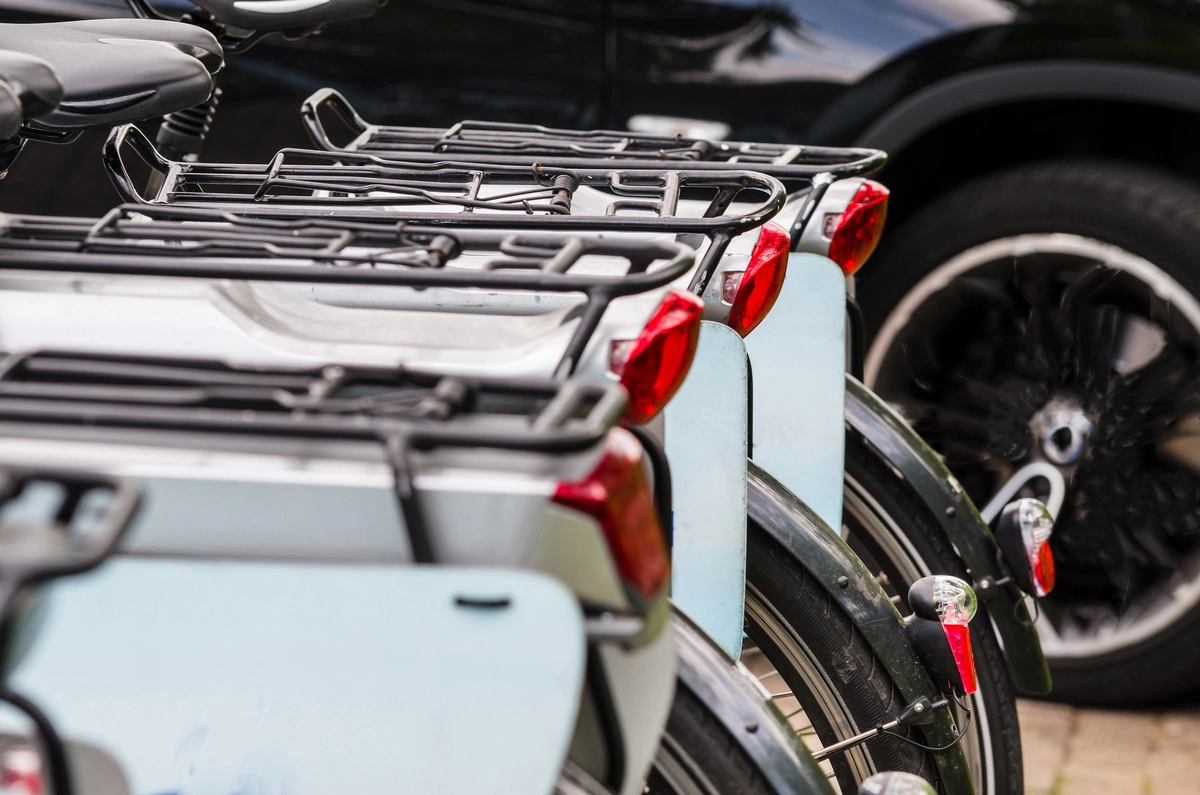When it comes to hub motors used in electric bicycles, there are two main types: geared hub motors and gearless hub motors. While both serve the purpose of providing propulsion, they differ in terms of their structure and performance characteristics. This article aims to explore the disparities between geared hub motors and gearless hub motors, shedding light on their unique features and applications.
A gearless hub motor, also known as a direct-drive hub motor, operates on a straightforward principle. In this design, the motor shaft and the wheel axle are integrated into a single unit, with the windings fixed directly to the shaft. The motor's housing contains a magnet that rotates around the motor shaft, propelling the bicycle forward. Key features of gearless hub motors include:
Due to their direct-drive configuration, gearless hub motors can deliver substantial torque and power output. This makes them suitable for e-bikes that require high performance and the ability to handle steep inclines or heavy loads.
One drawback of gearless hub motors is their larger size and heavier weight compared to geared hub motors. The integration of the motor shaft and wheel axle into a single unit results in a bulkier motor, which can increase the overall weight of the vehicle. This additional weight may impact factors like maneuverability and range.

Geared hub motors incorporate a planetary gear reduction mechanism between the motor housing and the rotor. This arrangement allows for multiple revolutions of the internal motor for each revolution of the output. Key characteristics of geared hub motors include:
The gear reduction in geared hub motors enables them to operate at more efficient speeds. By increasing the internal speed of the motor and reducing the output speed, the motor can operate closer to its optimal efficiency range. This efficiency improvement can contribute to extended battery life and increased range.
Compared to gearless hub motors, geared hub motors are typically smaller and lighter. The inclusion of gears allows for a more compact motor design, which can help reduce the overall weight of the e-bike. This reduction in weight can have a positive impact on factors such as maneuverability and energy efficiency.
One consideration with geared hub motors is the presence of gears, which are prone to wear and tear over time. The gears require regular maintenance and may have a shorter lifespan compared to gearless hub motors. However, with proper care and maintenance, their durability can be maximized.
The choice between geared hub motors and gearless hub motors depends on the specific requirements of the e-bike design. Here are some key considerations:
For e-bikes that demand high power requirements, such as those exceeding 1000W, gearless hub motors are generally more suitable. Their direct-drive configuration allows for greater torque and power output.
If a lightweight e-bike design is a priority, geared hub motors are often preferred due to their smaller size and reduced weight. This can enhance maneuverability and increase the overall range of the e-bike.
Geared hub motors and gearless hub motors each have their own advantages and disadvantages. The best e-bike performance is achieved by selecting the appropriate motor based on the desired output power and weight requirements. Gearless hub motors excel in high-power applications, while geared hub motors are favored for their compact size and lighter weight. By understanding the distinctions between these two types of hub motors, e-bike enthusiasts and manufacturers can make informed decisions to optimize the performance and efficiency of their electric bicycles.
Leave A Comment